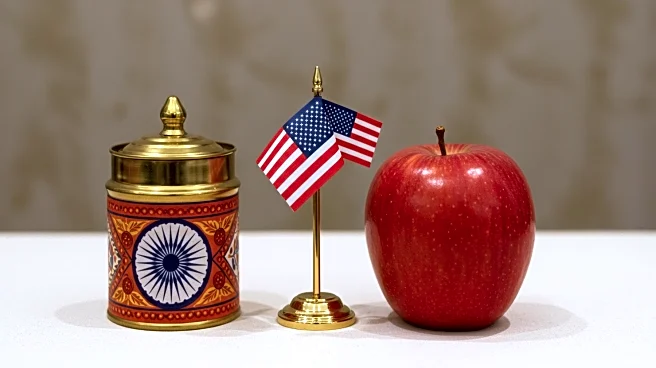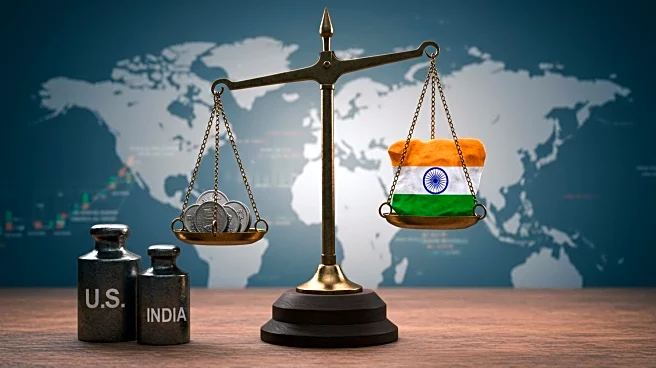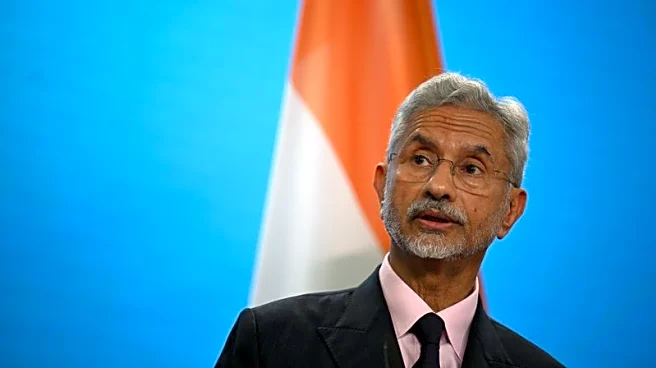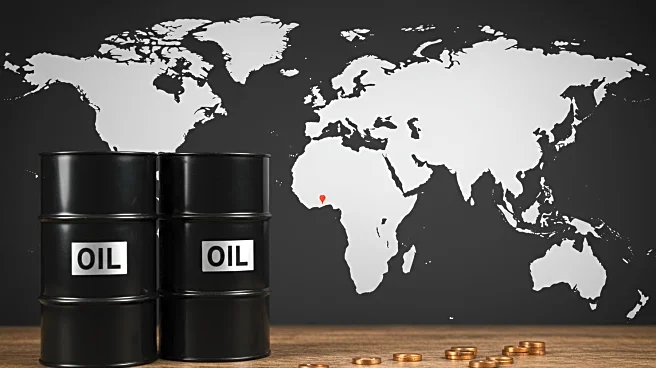What's Happening?
India's Foreign Minister, Subrahmanyam Jaishankar, announced that trade negotiations with the United States are ongoing, despite significant challenges. The U.S. has imposed additional tariffs of up to 50% on Indian goods, a move linked to India's increased purchases of Russian oil. Currently, a 25% tariff is in effect, with an additional 25% set to be enforced from August 27. Jaishankar emphasized the importance of defending certain 'redlines' in the negotiations, particularly those concerning the interests of Indian farmers and small producers.
Why It's Important?
The ongoing trade negotiations between India and the U.S. are crucial for both countries, as they navigate complex geopolitical and economic landscapes. The high tariffs imposed by the U.S. could significantly impact Indian exporters, particularly in sectors like agriculture and small-scale manufacturing. For the U.S., maintaining a balanced trade relationship with India is important for strategic and economic reasons, especially given India's growing influence in global markets. The outcome of these negotiations could set precedents for future trade policies and affect bilateral relations.
What's Next?
As the August 27 deadline for the additional tariffs approaches, both countries are likely to intensify their negotiations. The Indian government may seek to secure concessions or exemptions to protect its key economic sectors. Meanwhile, U.S. policymakers will need to consider the broader implications of their trade strategy with India, balancing economic interests with geopolitical considerations. The response from major stakeholders, including industry groups and political leaders, will be critical in shaping the next steps.












